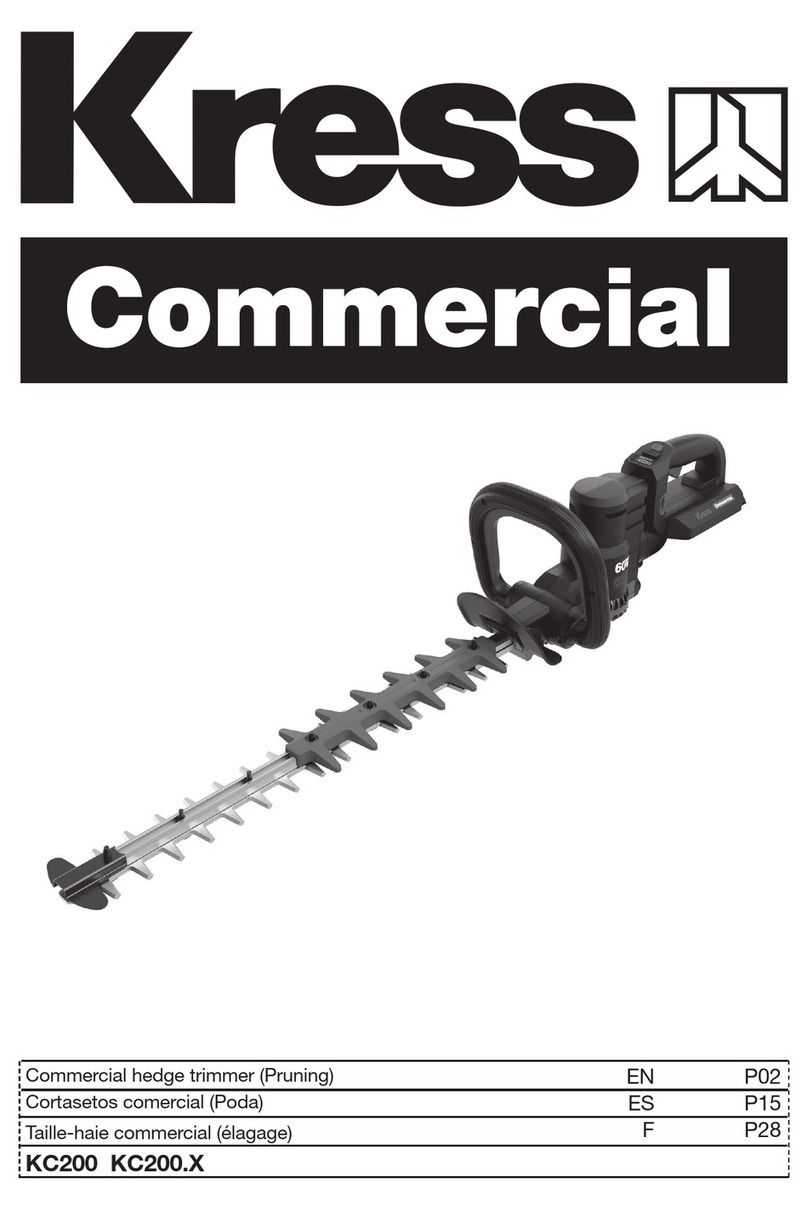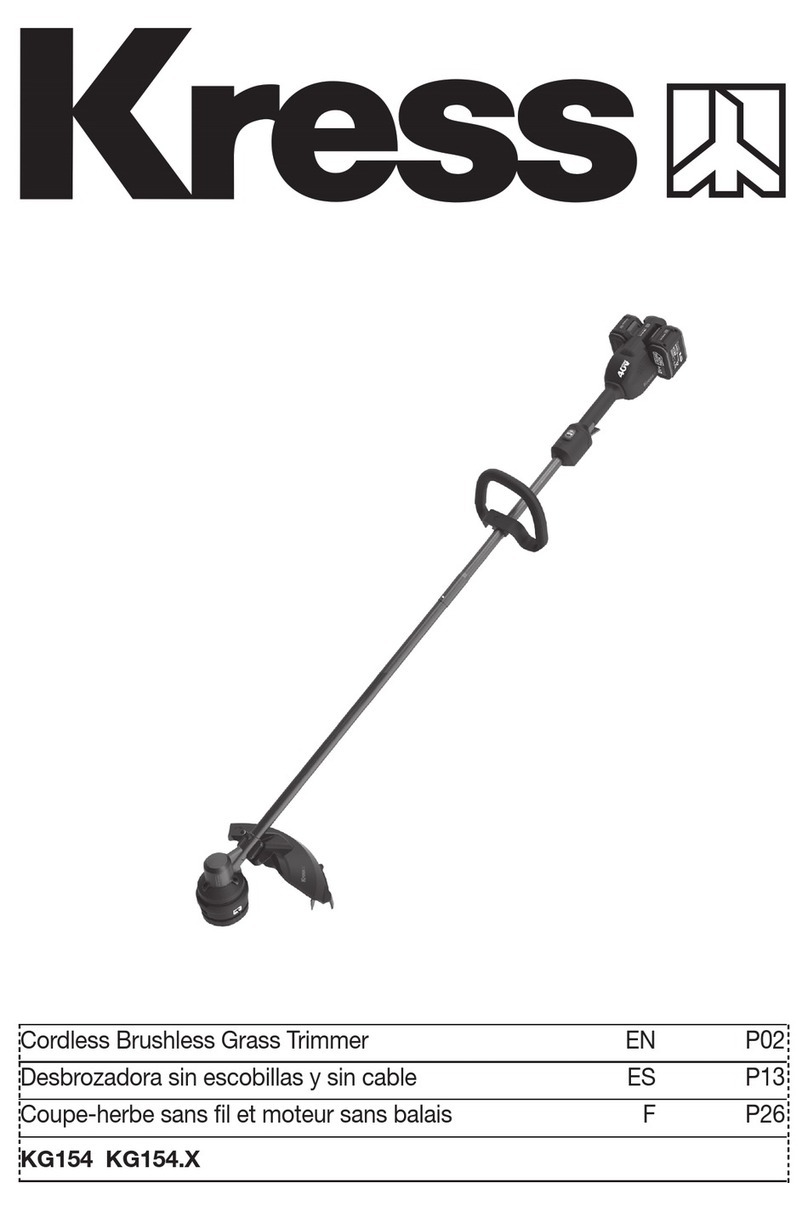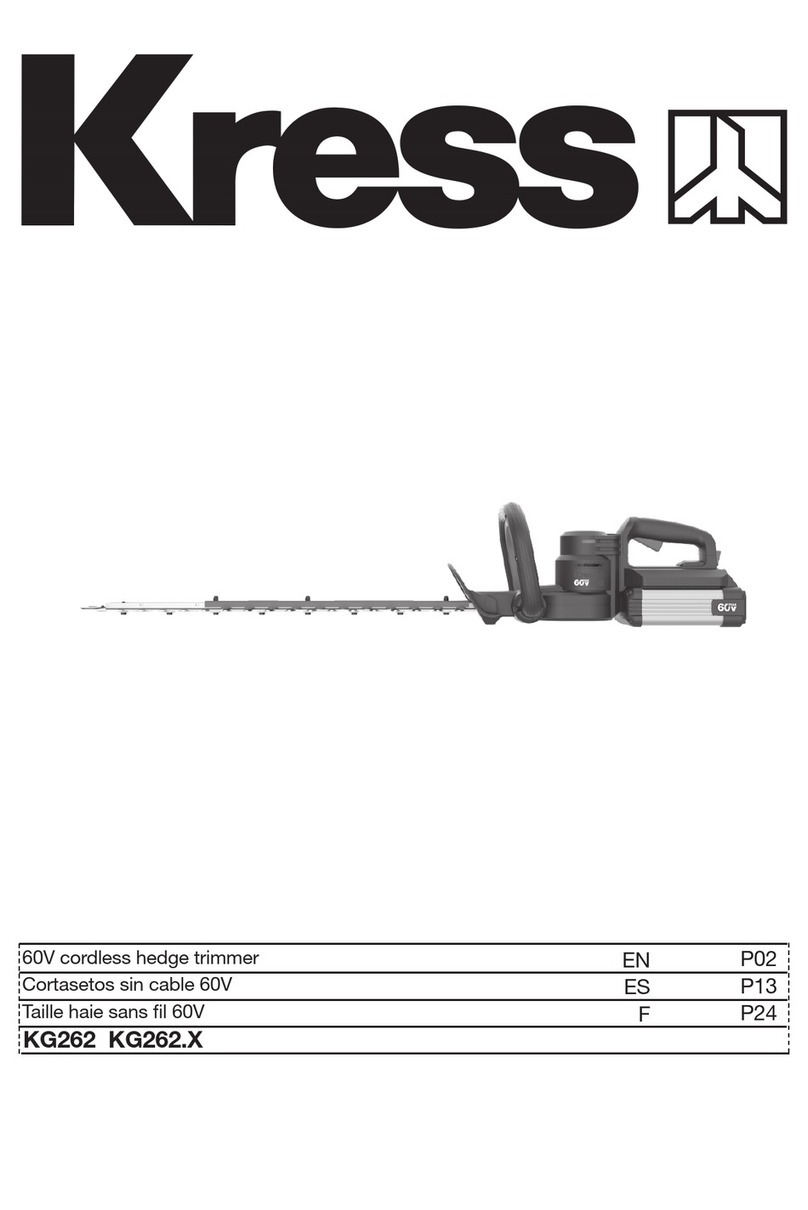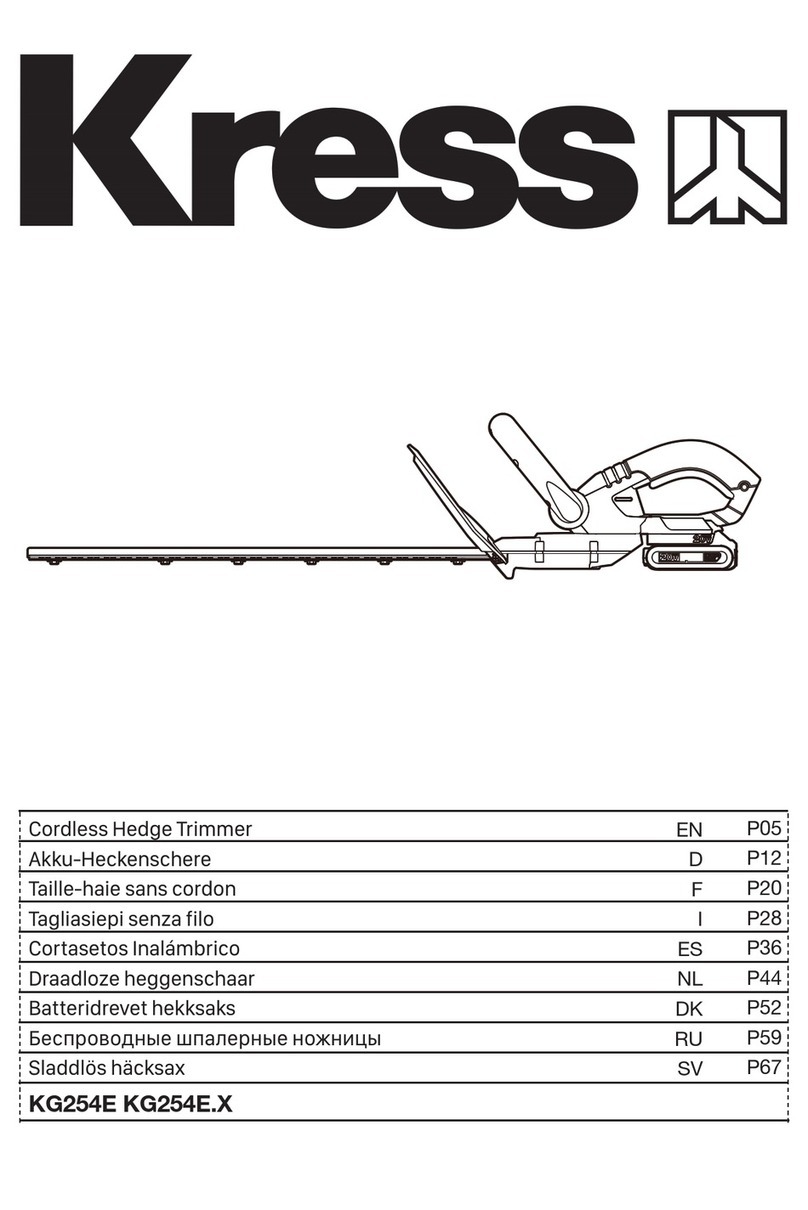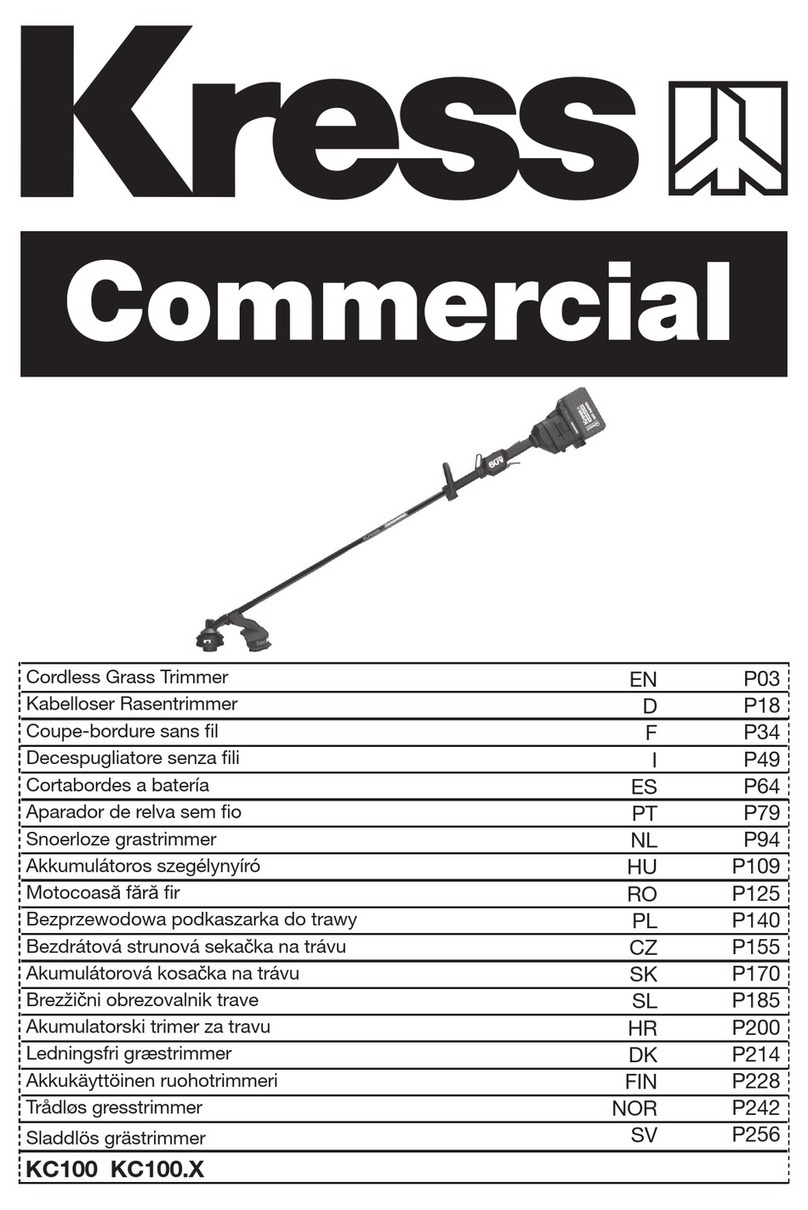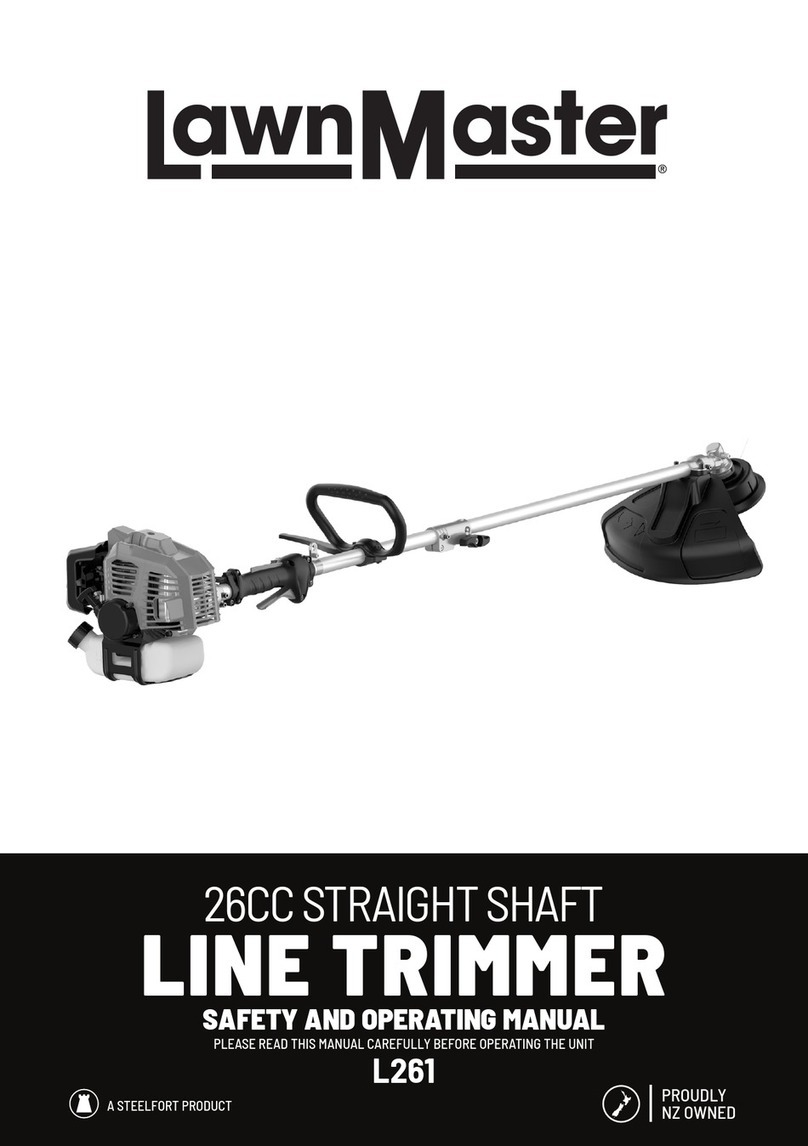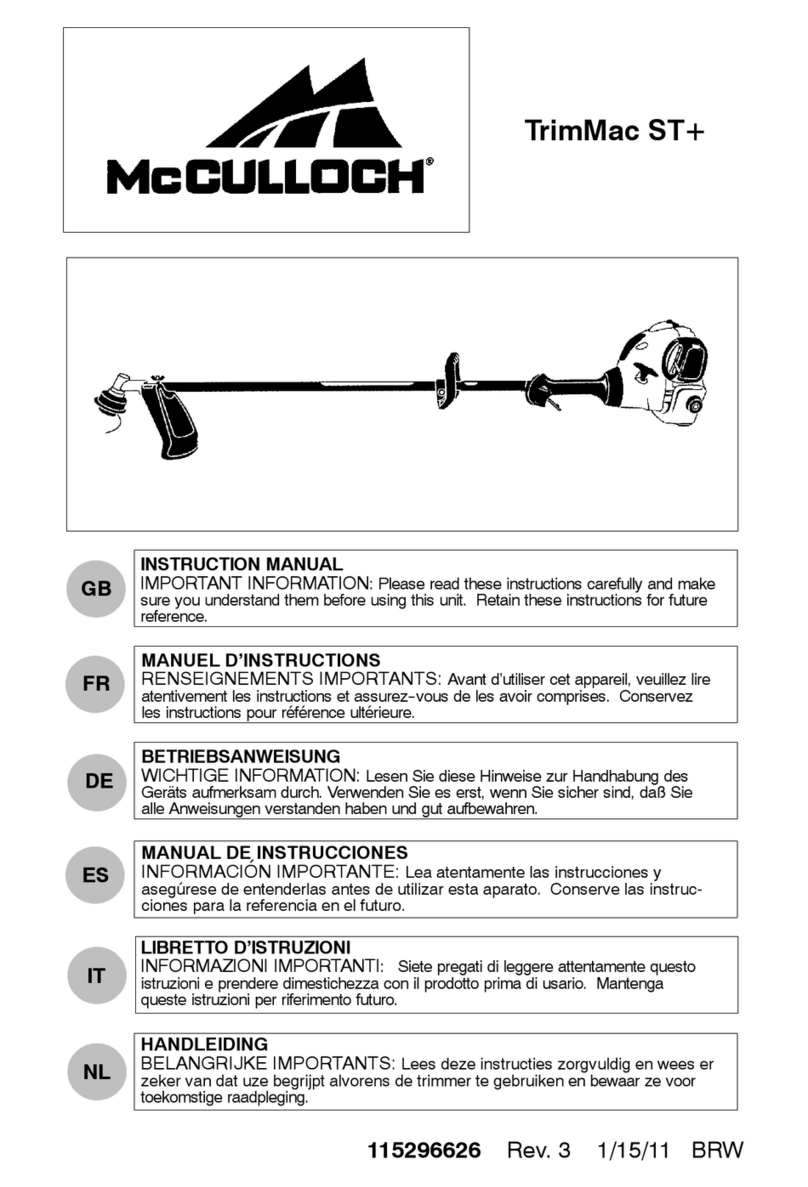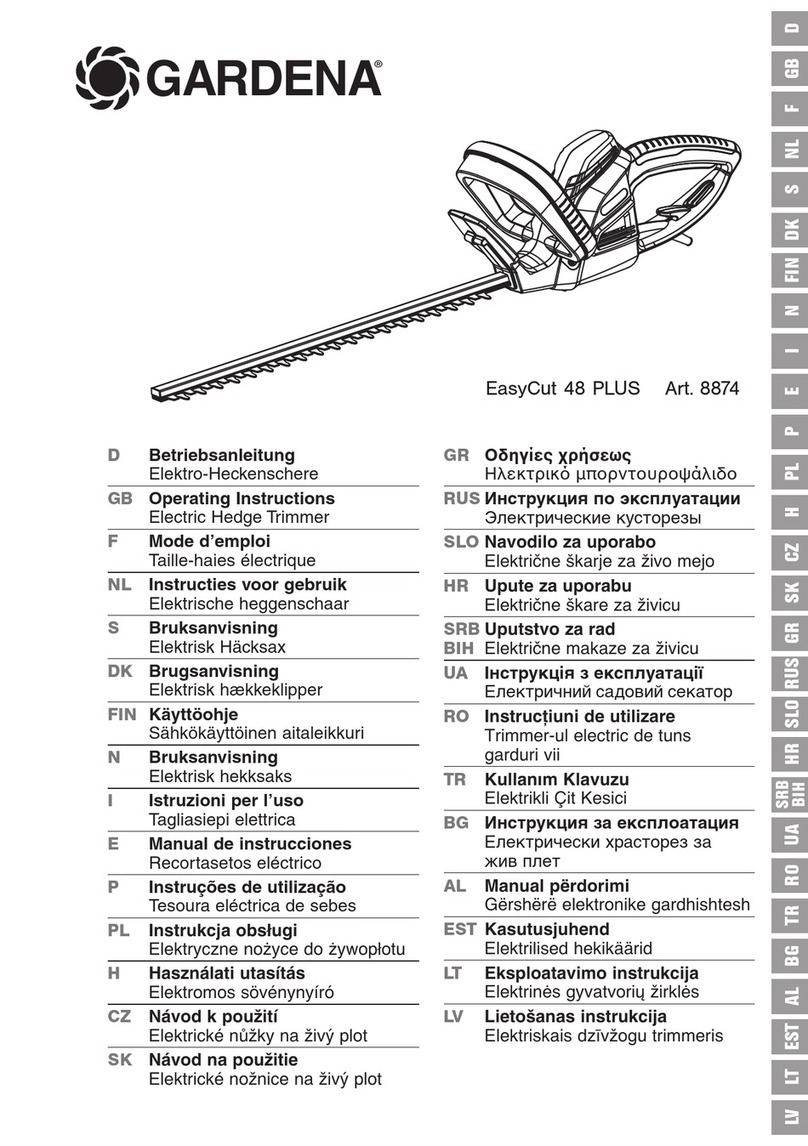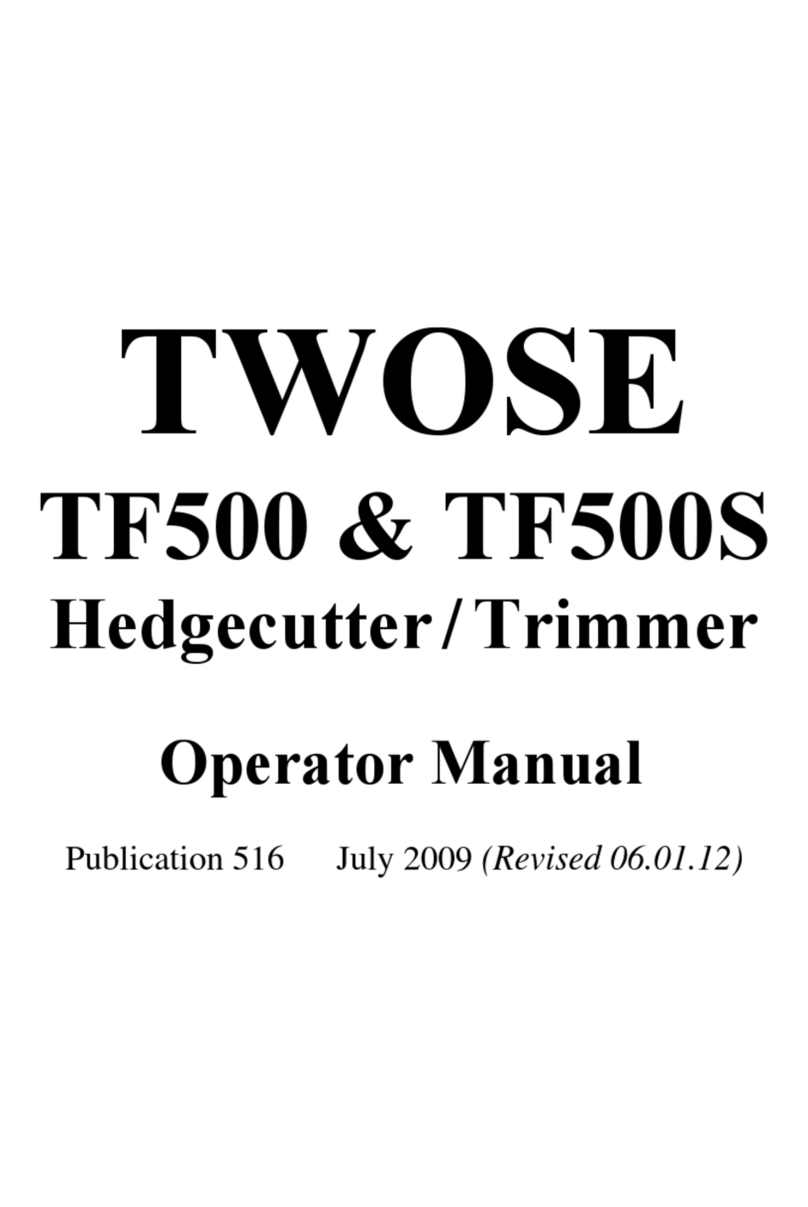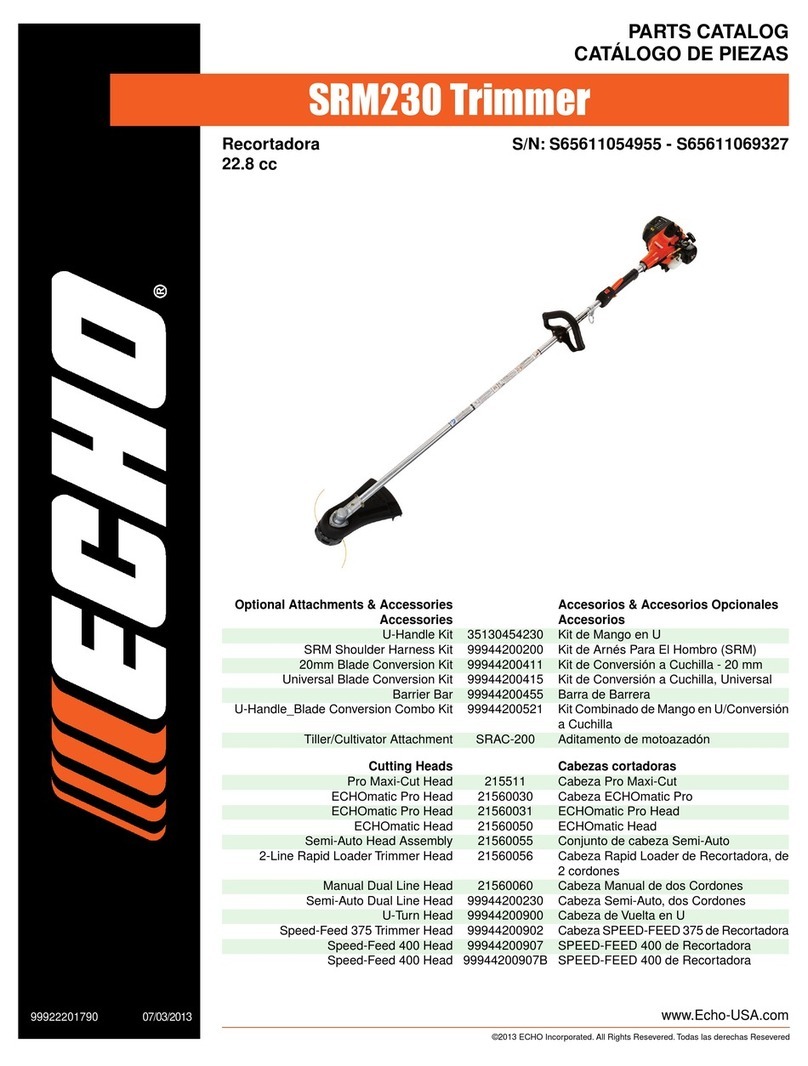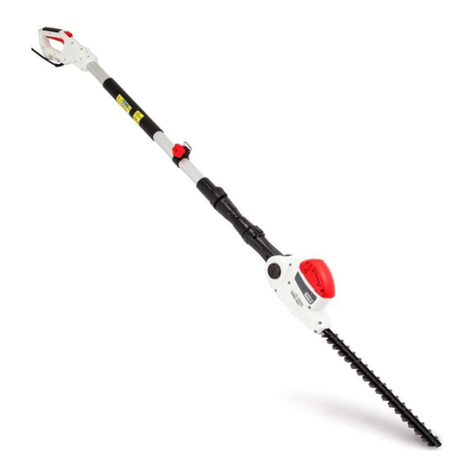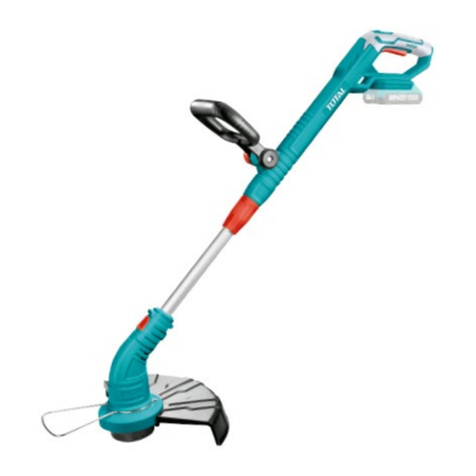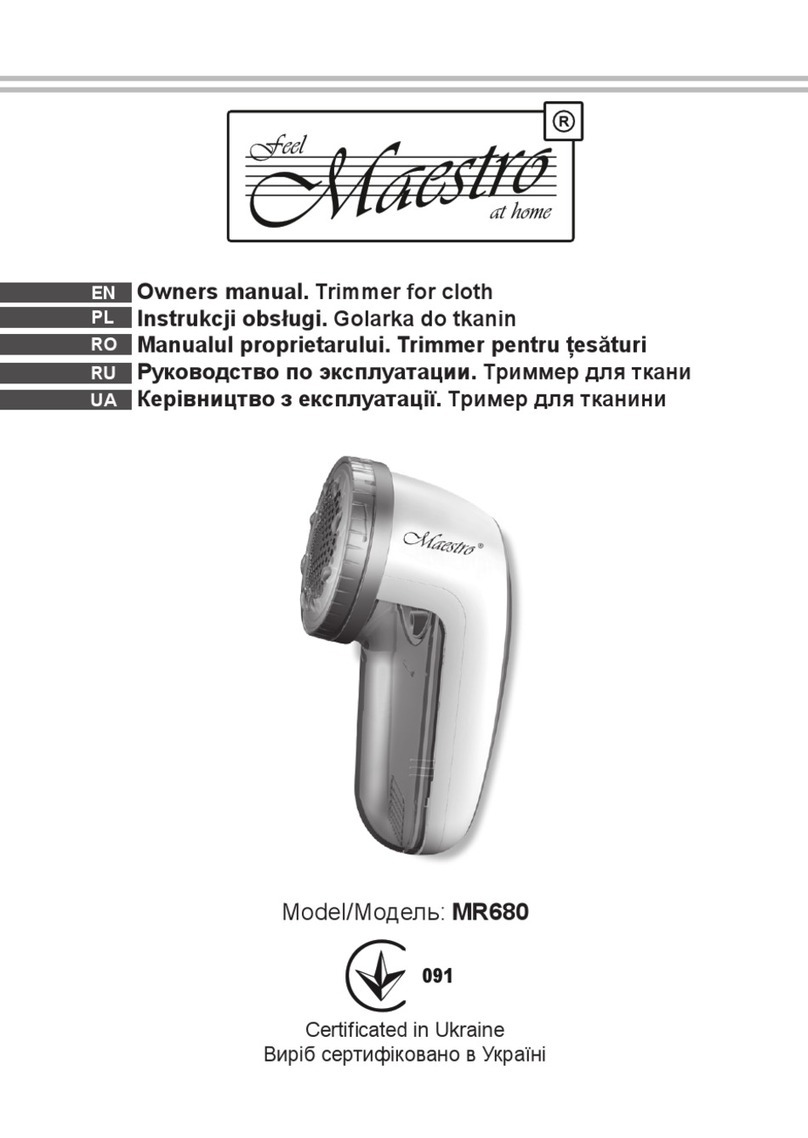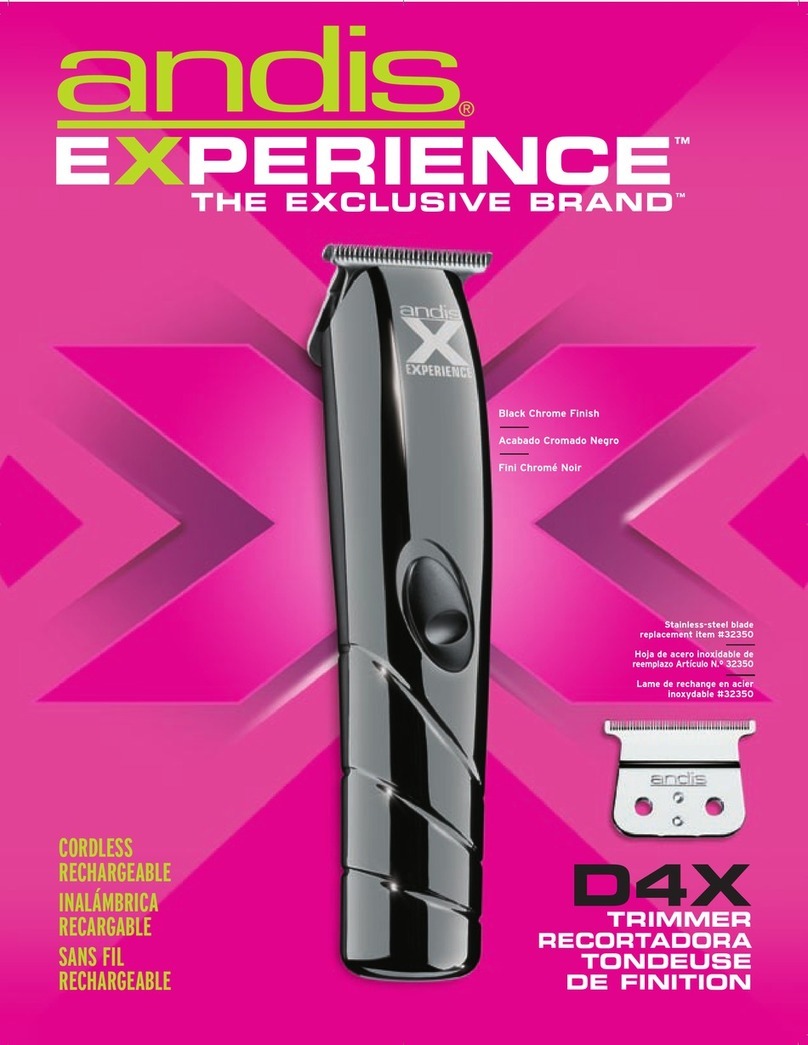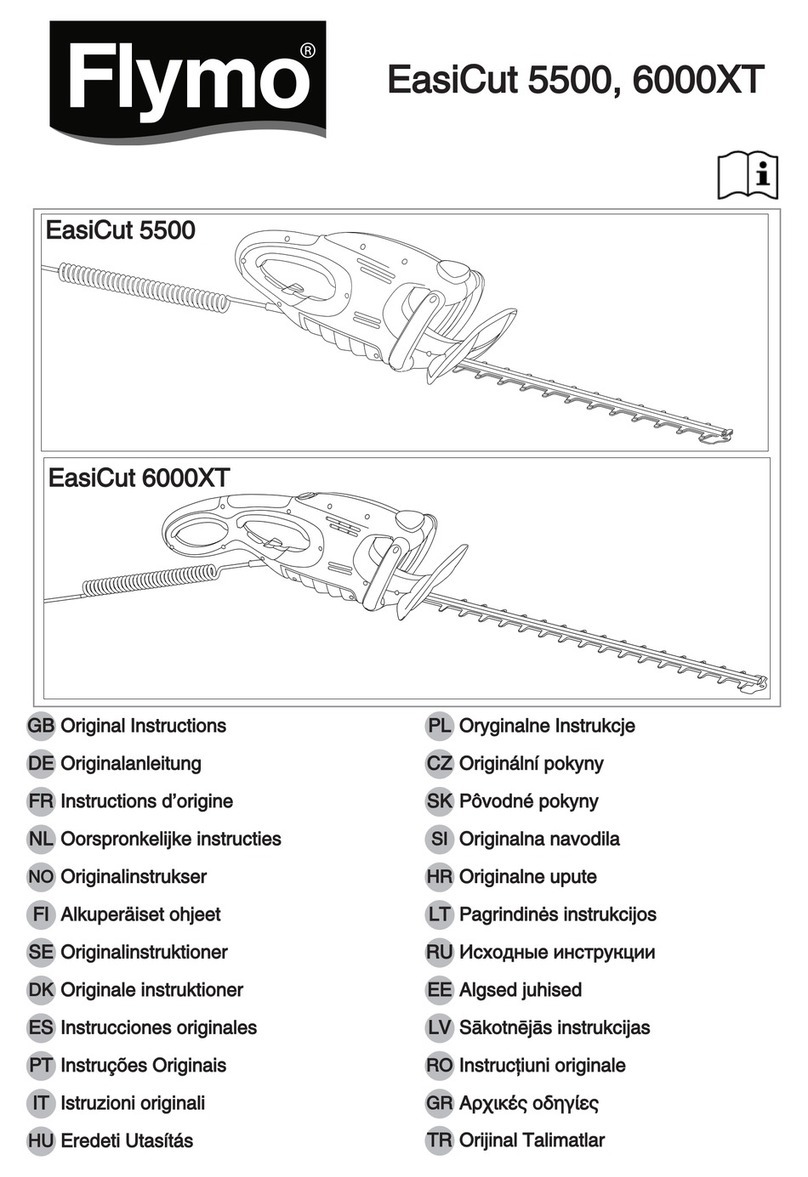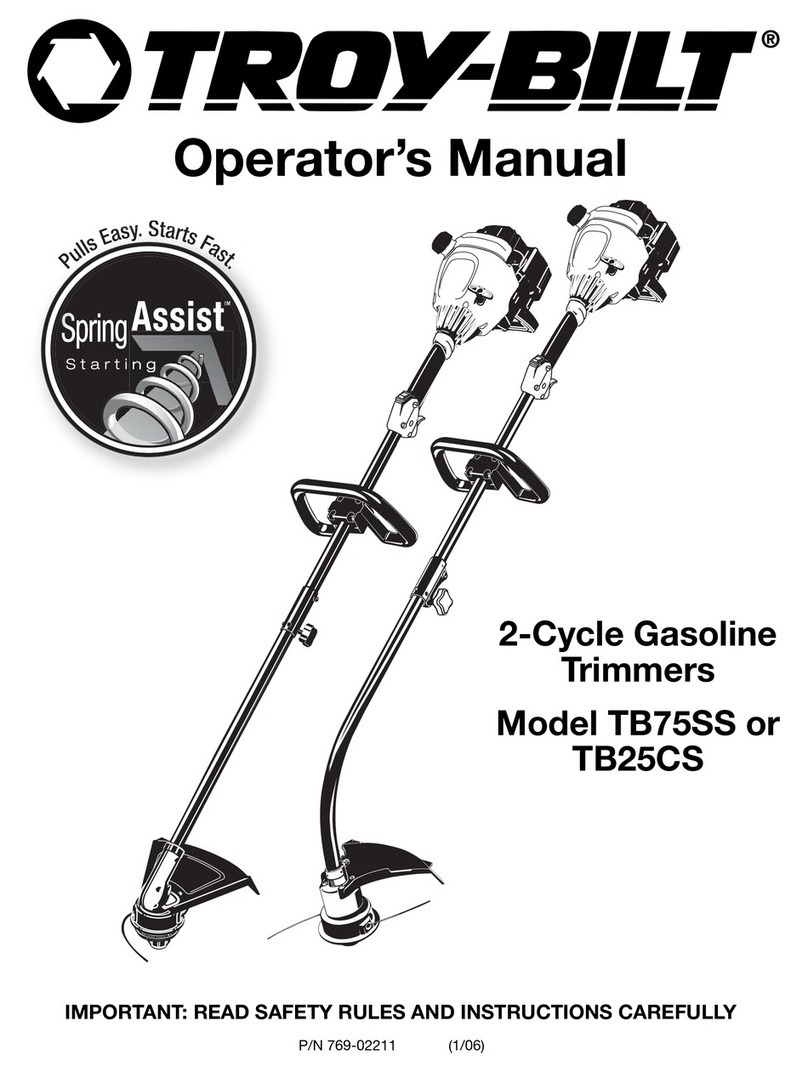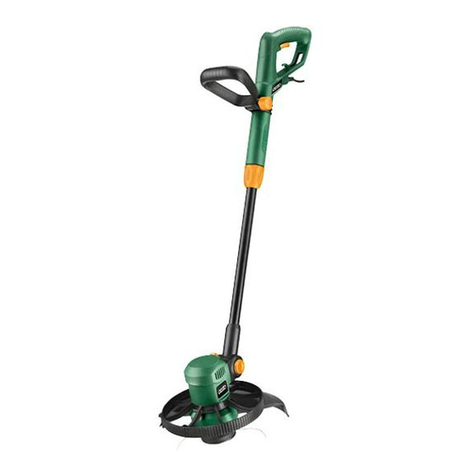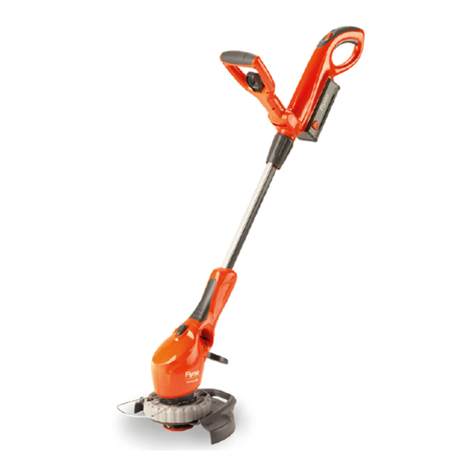
8
EN
ORIGINAL INSTRUCTIONS
PRODUCT SAFETY
GENERAL SAFETY
WARNINGS
WARNING Read all
safety warnings and
all instructions. Failure
to follow the warnings and
instructions may result in
electric shock, fire and/or
serious injury.
Save all warnings and
instructions for future
reference.
The appliance is only to
be used with the power
supply unit provided with the
appliance.
IMPORTANT
READ CAREFULLY
BEFORE USE
KEEP FOR FUTURE
REFERENCE
Safe operating practices
1. Training
a) Read the instructions
carefully. Be familiar with the
controls and the correct use
of the machine.
b) Never allow children,
persons with reduced
physical, sensory or mental
capabilities or lack of
experience and knowledge
or people unfamiliar with
these instructions to use the
machine, local regulations
may restrict the age of the
operator.
c) Keep in mind that the
operator or user is
responsible for accidents or
hazards occurring to other
people or their property.
2. Preparation
a) Before use, always visually
inspect the machine for
damaged, missing or
misplaced guards or shields.
b) Never operate the machine
while people, especially
children, or pets are nearby.
3. Operation
a) Wear eye protection, long
trousers and stout shoes at
all times while operating the
machine.
b) Avoid using the machine
in bad weather conditions
especially when there is a
risk of lightning.
c) Use the machine only in
daylight or good articial
light.
d) Never operate the machine
with damaged guards or
shields or without guards or
shields in place.
e) Switch on the motor only
when the hands and feet
are away from the cutting
means.
